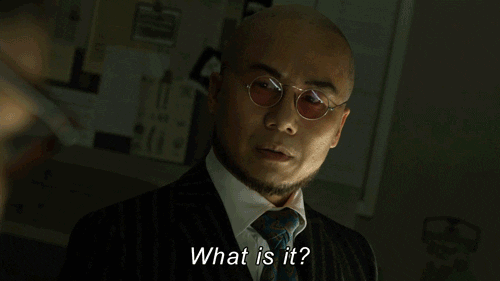11 October 2023 | People and Culture
How do you handle conflict on your team?
By
You can’t be a transformational leader without embracing challenges.
And as a leader, few challenges are as abrasive and impactful as TEAM CONFLICT.
Unresolved conflict in the workplace is a constant disrupter. It is the person who sits down next to you at a coffee shop to have a full conversation while you have your headphones on trying to focus.
• It stifles creativity,
• It drains productivity,
• and it causes great people to quit.
But as a leader, you know that the obstacle is the way. Whatever stands in the way becomes the way.
This quarter, we’re diving deep into the art of conflict resolution.
Skilled leaders know how to be proactive in creating teams who understand who to work together.
Every conflict is an opportunity to learn and grow.
(Did you know you have the opportunity to dive even deeper into conflict resolution every week by subscribing to the Leader’s Lens podcast? It’s the perfect companion for your next trip to the office or walk with your dog. I promise!)
What is the Thomas-Kilmann Conflict Mode Instrument?

The Thomas-Kilman Conflict Mode Instrument (TKI) has been used by leaders around the world since the 1970s.
It is more than just an instrument. It can be used like a freaking compass.
TKI says that there are five primary conflict handling modes. Each mode, a unique blend of assertiveness and cooperativeness, has its own ripple effect on teams:
Competing: High on assertiveness, low on cooperation.
This mode can drive results and quick decisions. But it can also stifle team creativity and suppress diverse viewpoints. It’s the land of the ambitious, where individual goals might overshadow collective progress.
Avoiding: Neither assertive nor cooperative.
While it can maintain peace temporarily, it often leaves issues unresolved. Think of it as a dormant volcano; it might erupt unexpectedly if conflicts aren’t addressed.
Accommodating: Low assertiveness, high cooperation.
This mode can foster harmony and preserve relationships. But it risks neglecting critical issues and can lead to resentment. It’s the selfless surrender–sometimes at the cost of one’s own needs.
Compromising: A balanced approach.
Compromising ensures everyone has a say, but it might not always lead to the best solution. It’s about mutual give-and-take, generally leaving everyone feeling like they lost. This approach isn’t ideal, but it is better than most.
Collaborating: The pinnacle of conflict resolution!
High on both fronts, it seeks win-win solutions. While it demands time and effort, it often yields innovative solutions and strengthens team bonds. This is where you want to be!
Great model right? But how do you use it?
Your TKI GPS
So now you know about TKI.
And knowledge is power, but what do you do with this information?
If your team is struggling addressing conflict, I recommend taking these steps:
Individual Conversations First: Before diving into team dynamics, engage in one-on-one dialogues. Understand each team member’s perspective. Remember, it’s in these intimate conversations that trust is built. It’s going to be a slow brick by brick process, especially if you are rebuilding. Don’t try to rush it by skipping this step.
Introduce TKI as a Common Language: Equip your team with the Thomas-Kilman Conflict Mode Instrument. In a team meeting, introduce the model and explain its purpose. As you look to create change, you will want your team to have a common language. This common language will foster understanding, bridge gaps, and turn adversities into opportunities.
Set Clear Goals: A team without a goal will wander aimlessly and look for fights when they get bored. Clarity is the cure. When everyone’s eyes are set on the same vision, minor conflicts fade quickly.
Workshop Realistic Scenarios: Don’t wait for conflict to arise. Proactively create hypothetical situations tailored to your team’s context. Discuss, debate, and decide on the best approaches. This not only prepares the team but also gives them a chance to collaborate.
Continuous Feedback: The journey doesn’t end with implementing TKI. Regularly check in with your team. Understand their challenges, celebrate their successes, and keep the channels of communication open.
What else?
I’m going to say this a lot over the next 12 months, but conflict isn’t a sign of a broken team. It is a necessary ingredient of success. It can also be a sign of passion and a team who cares about their goals. Embrace it, use TKI to help, and watch your team transform.
Was this helpful? (Yes/No)
Interested in hiring me as your executive leadership coach?